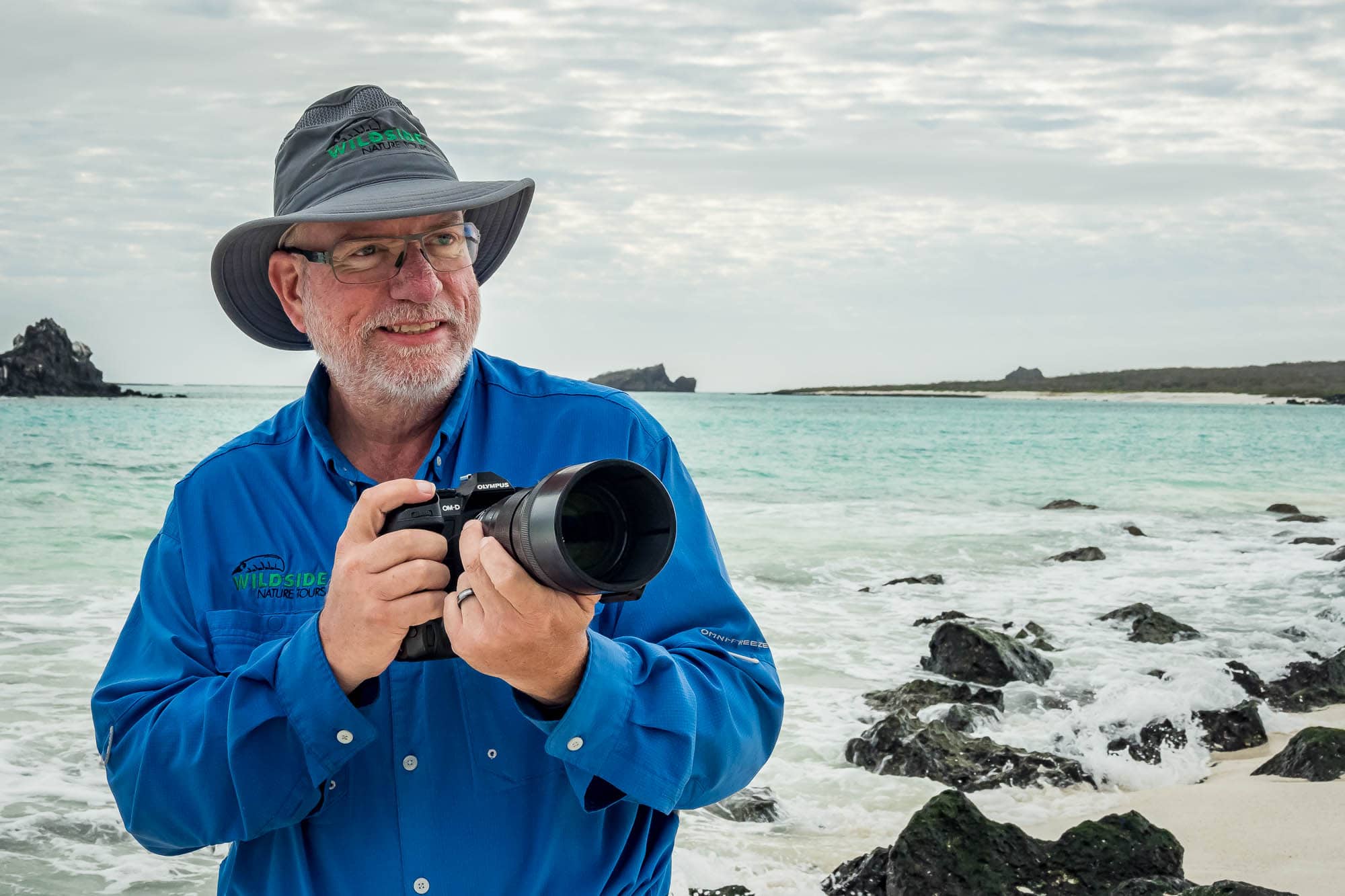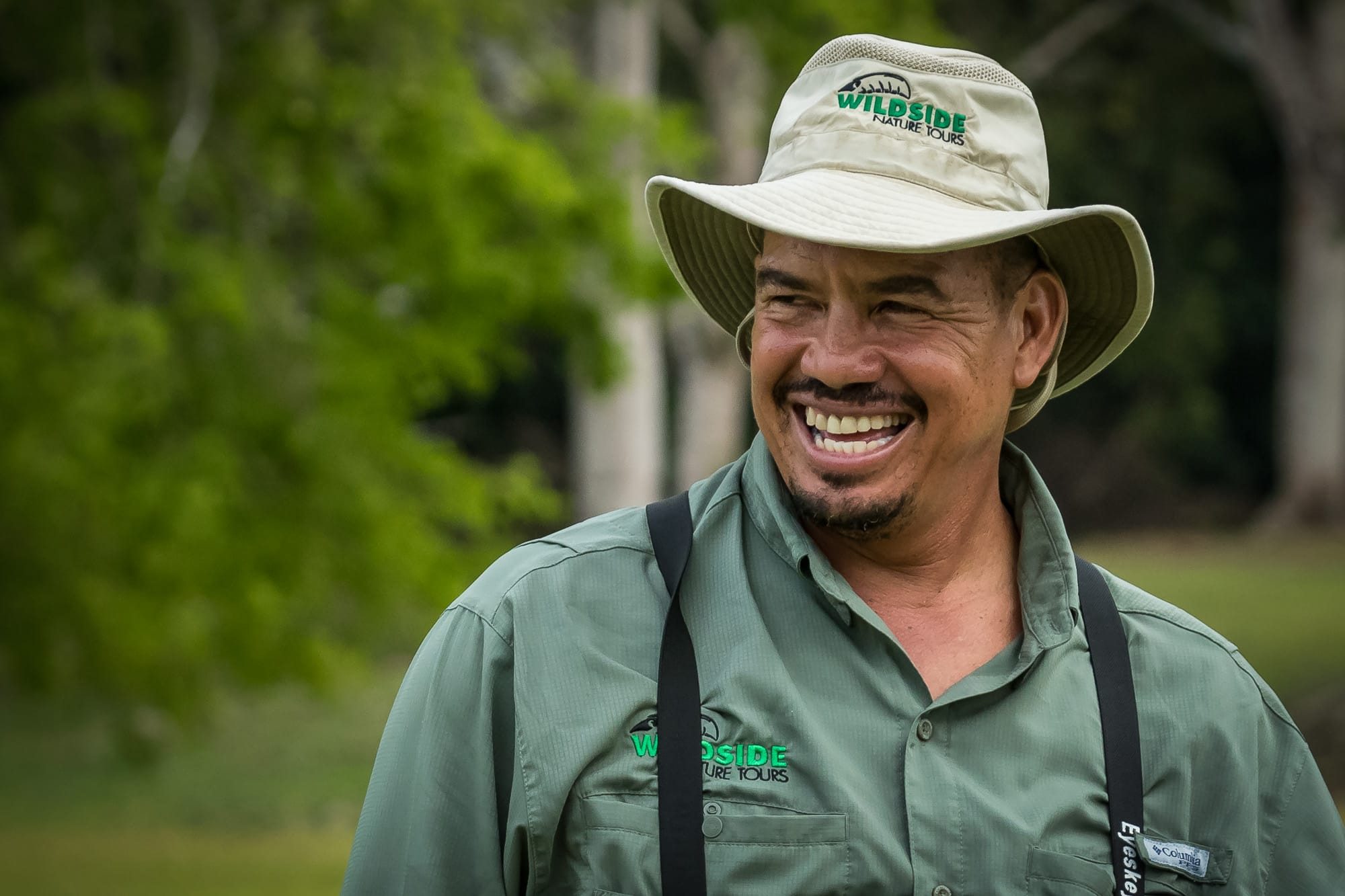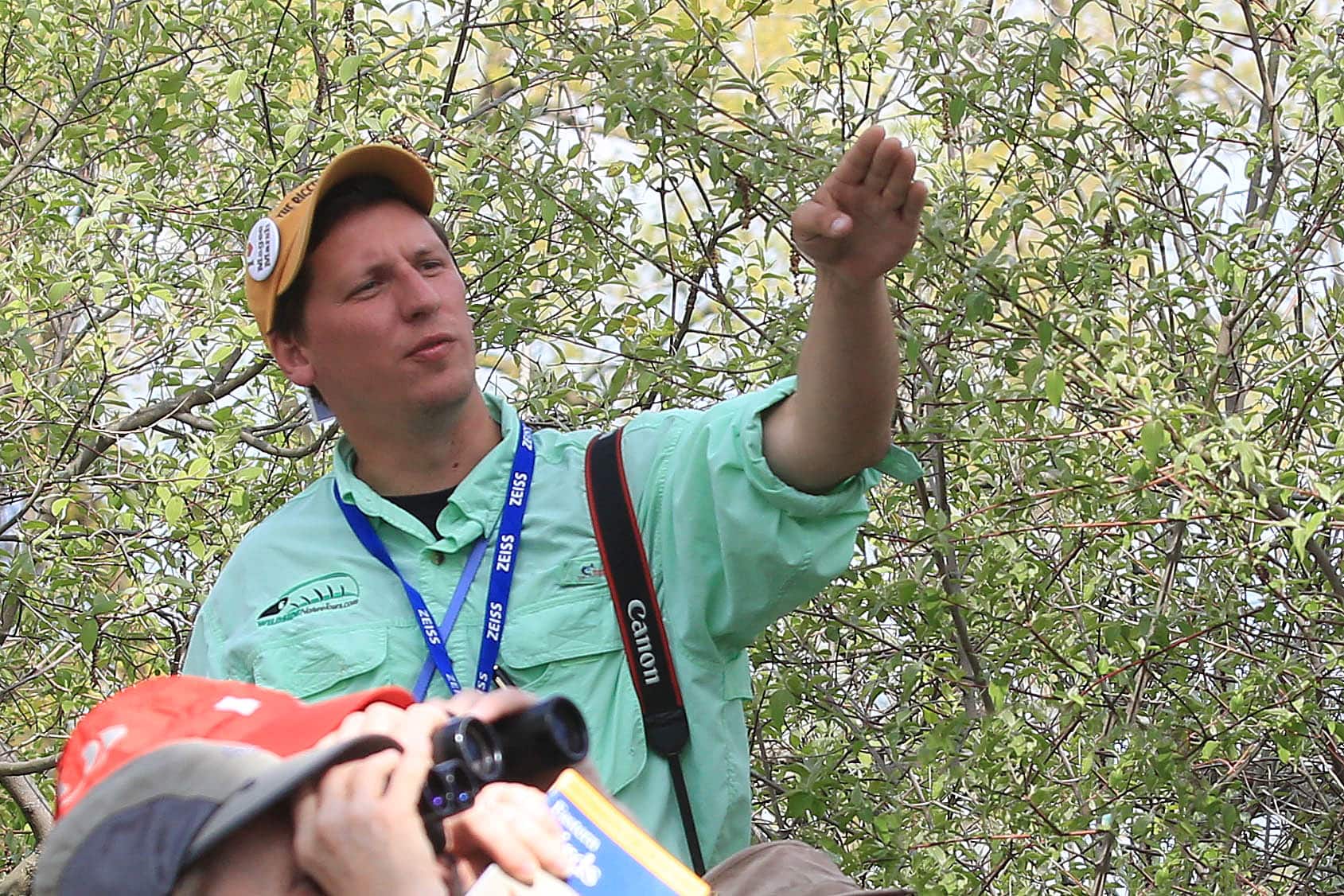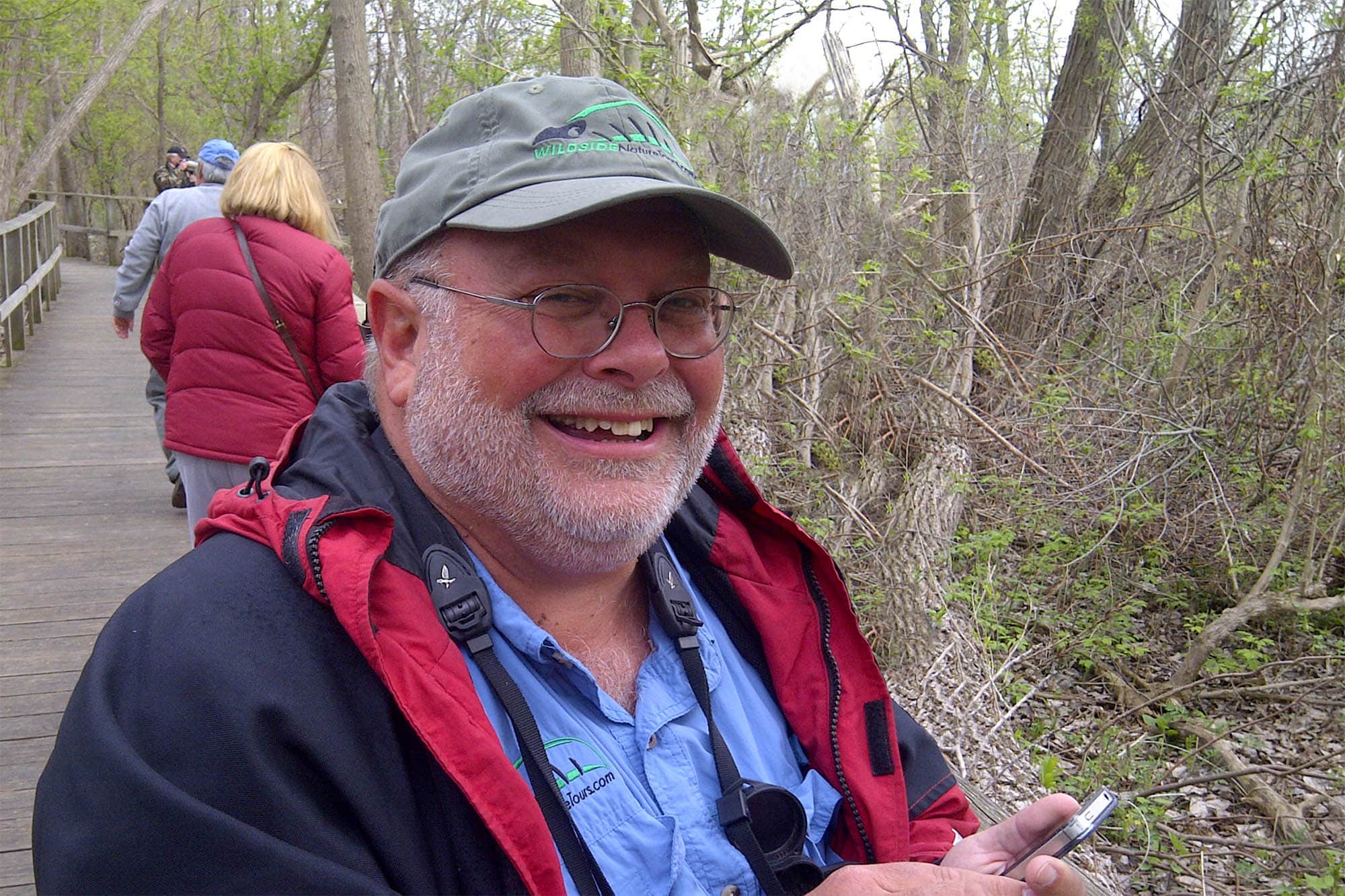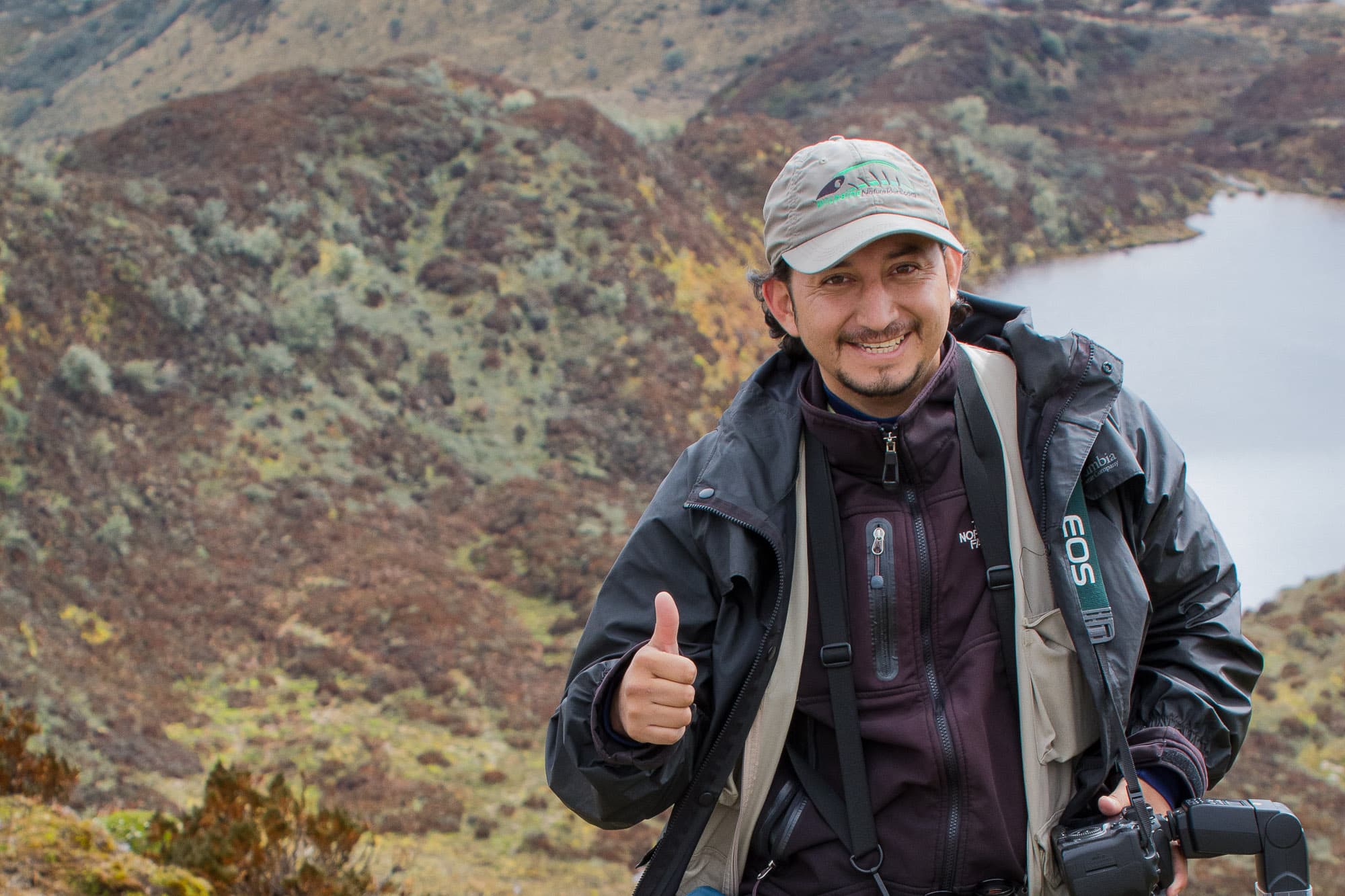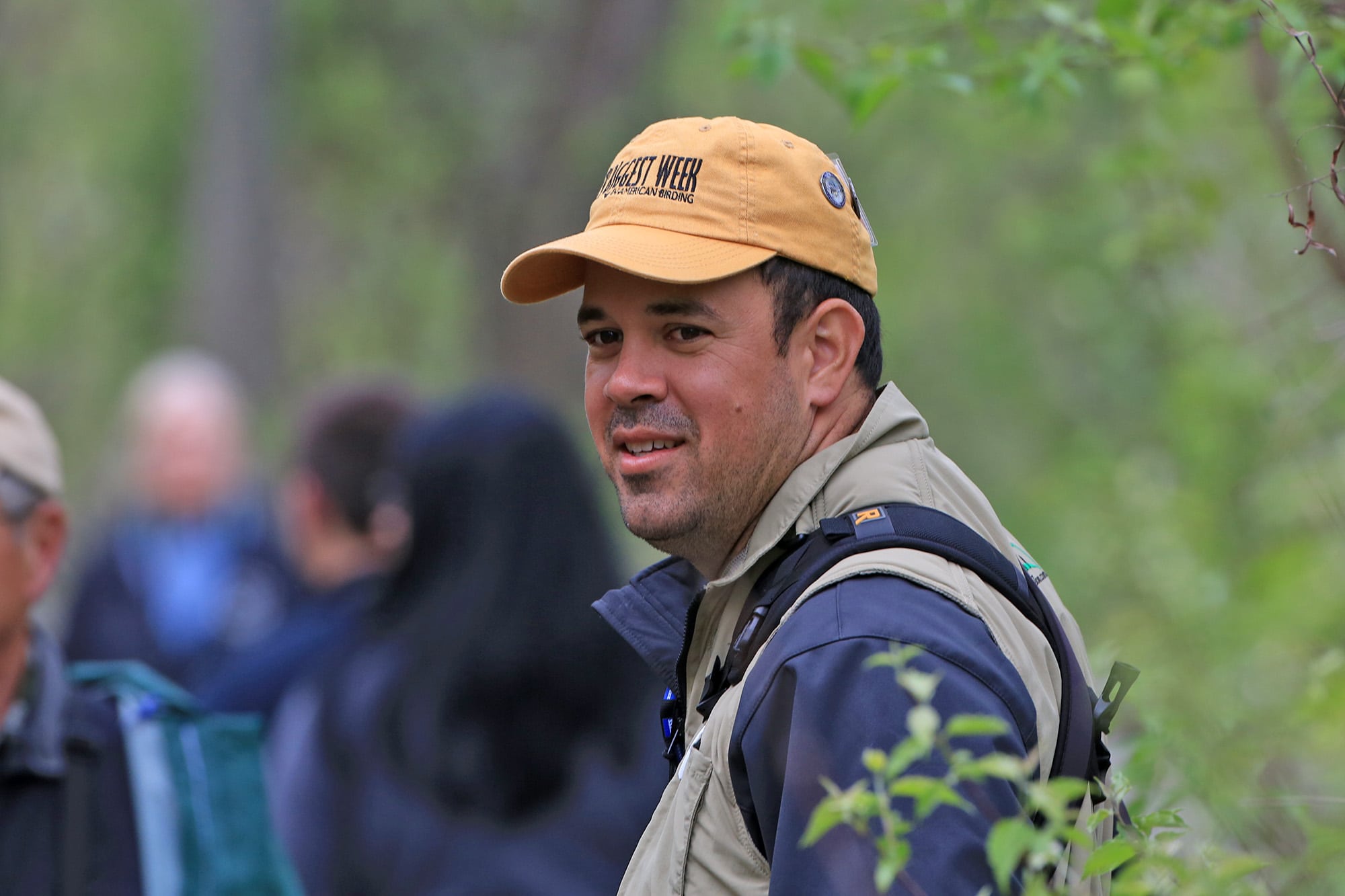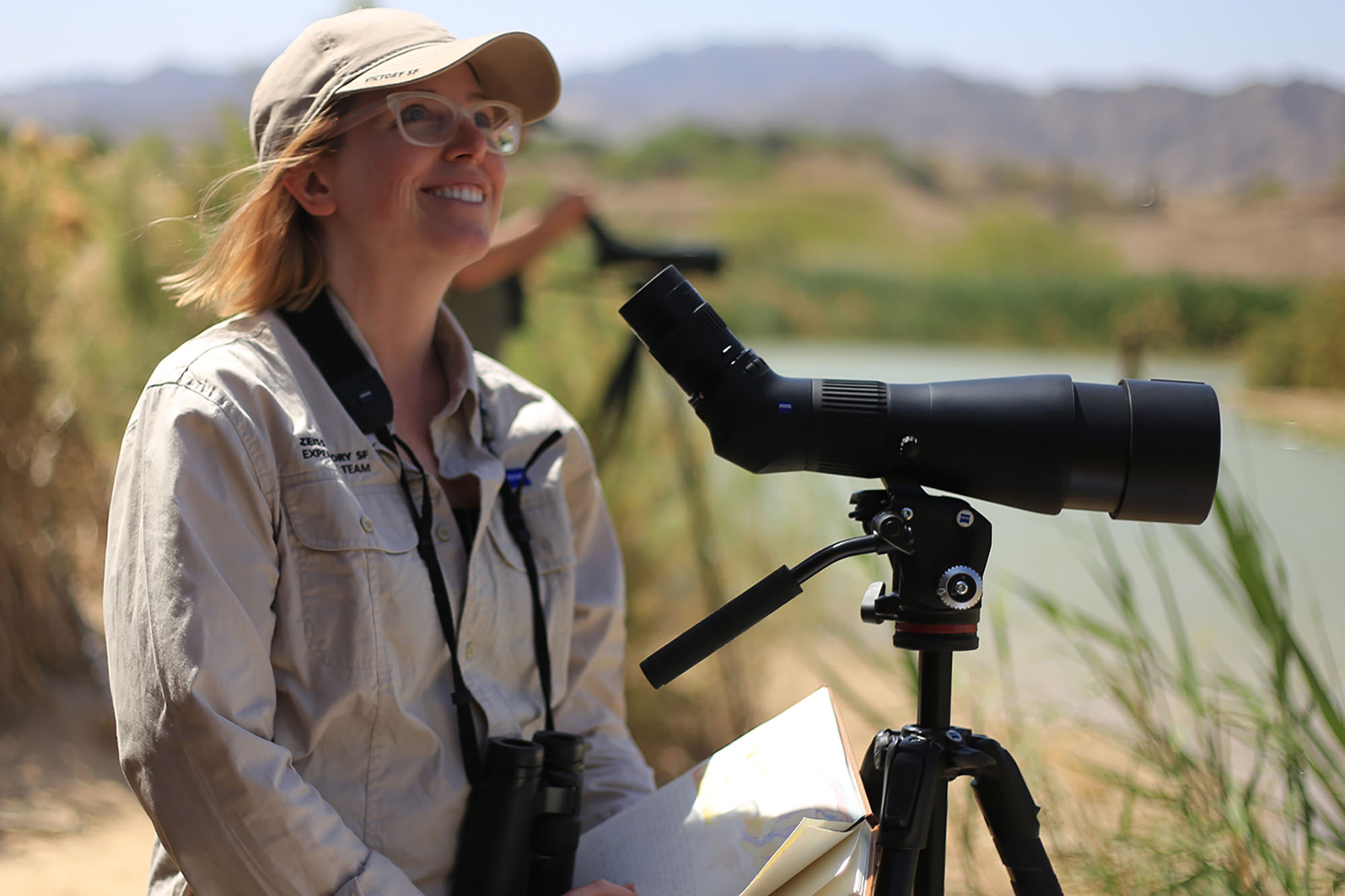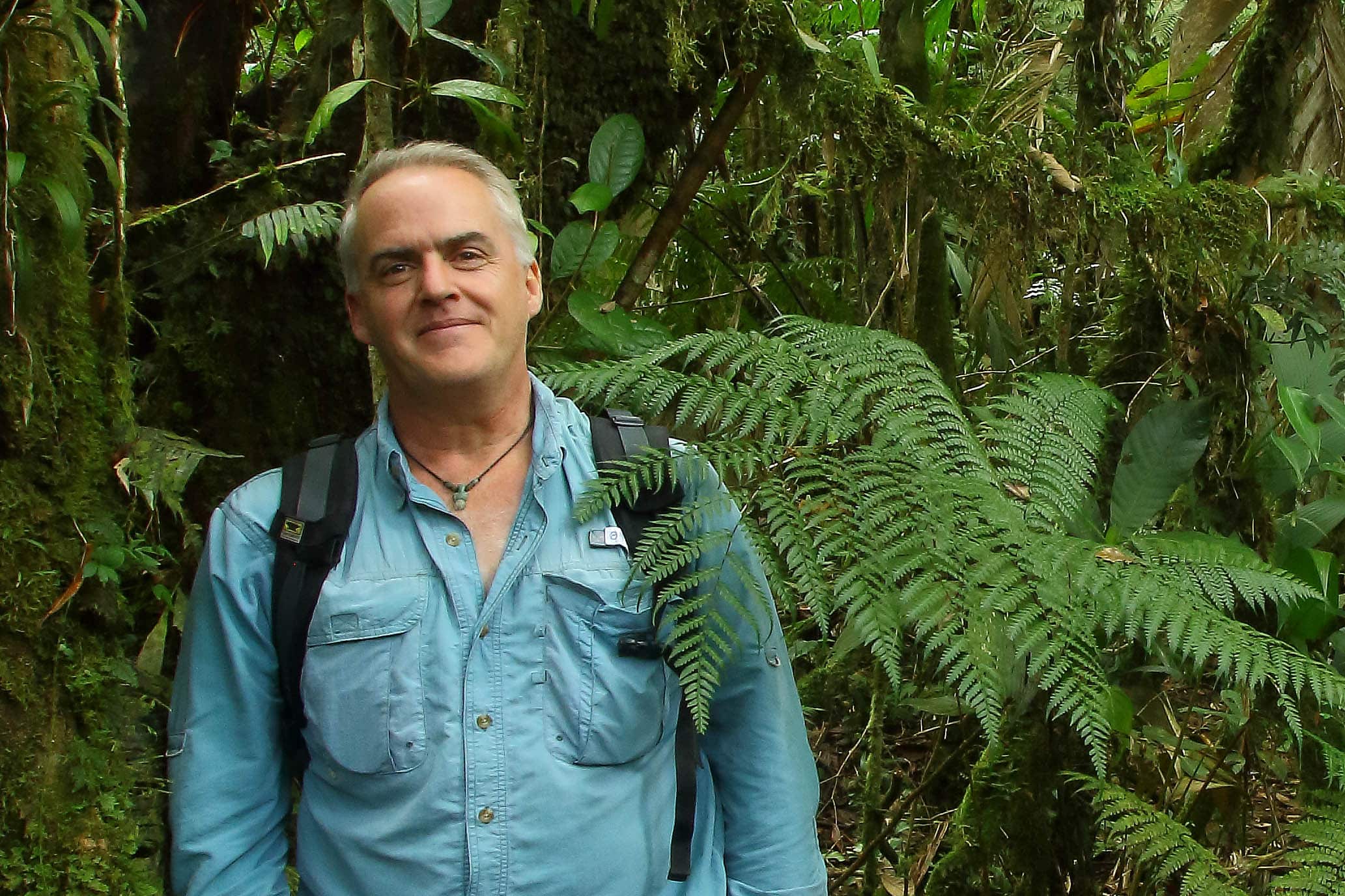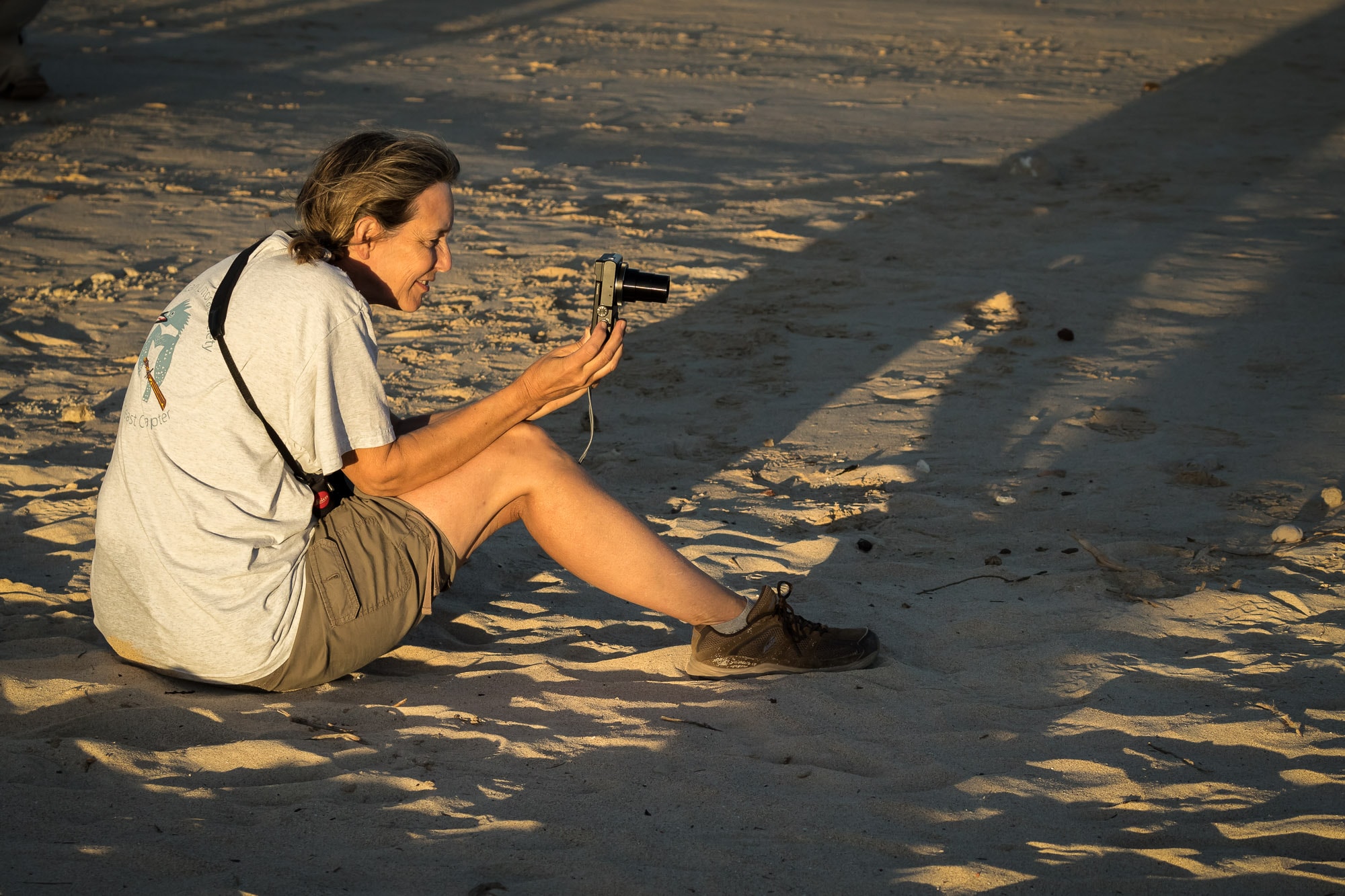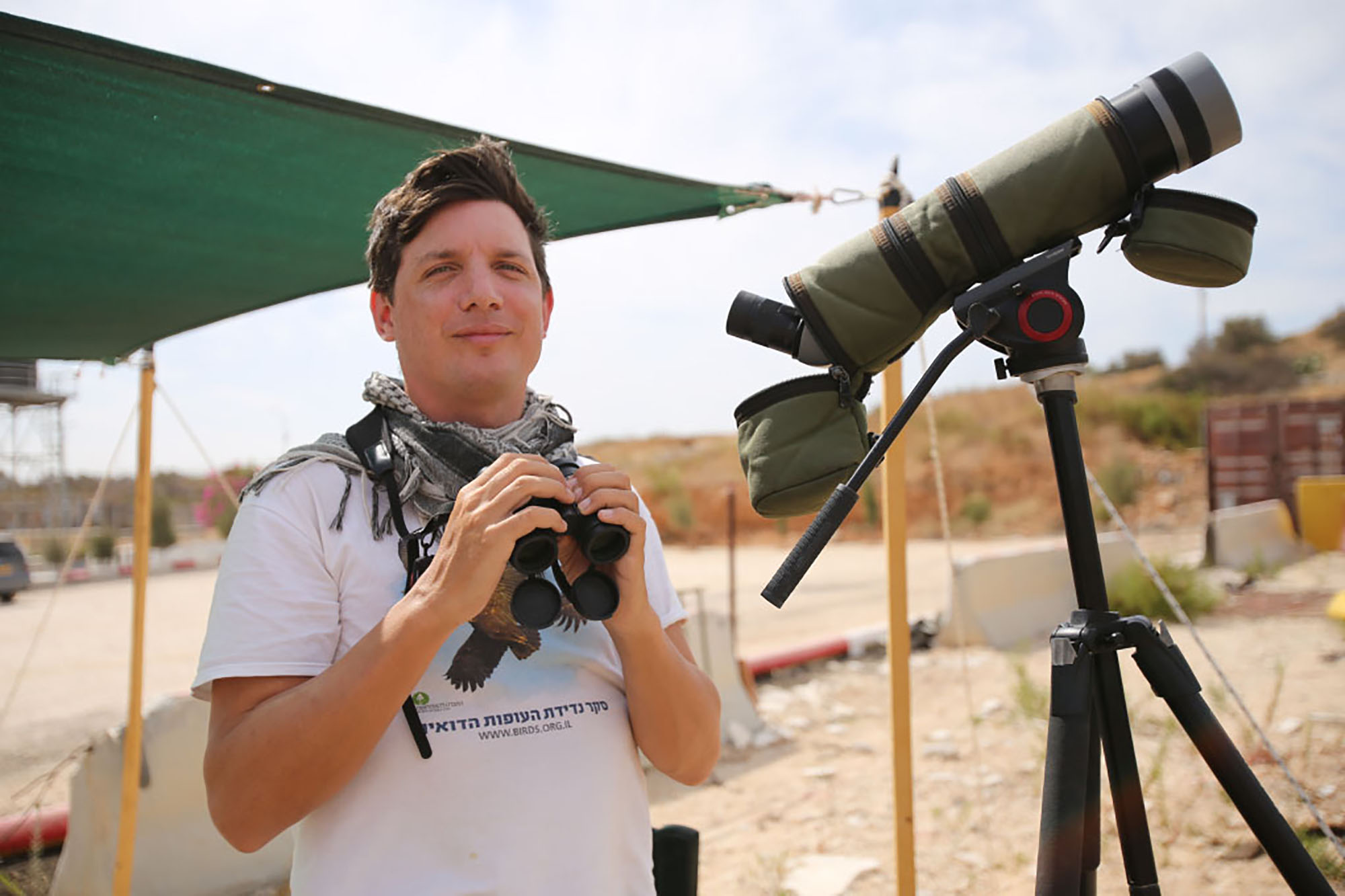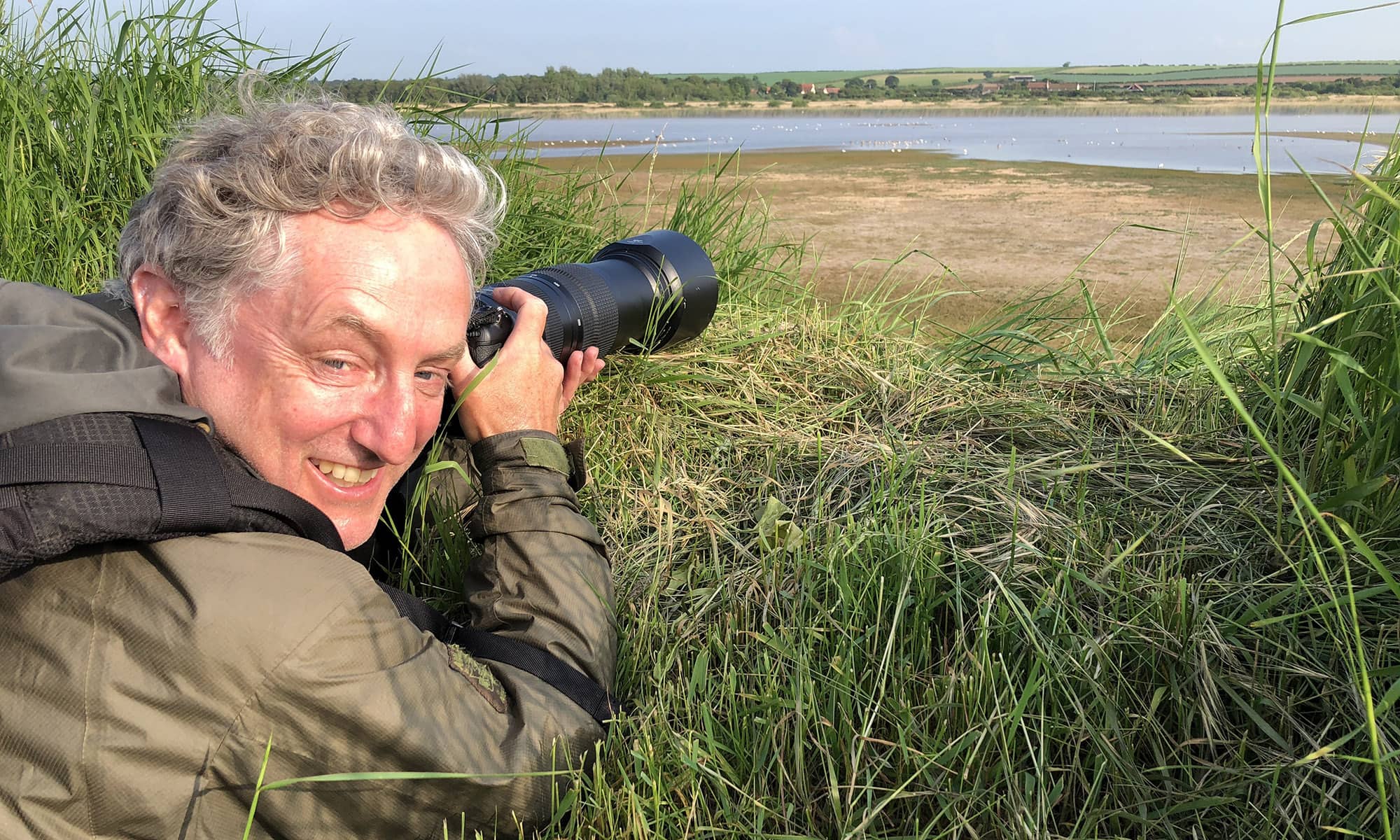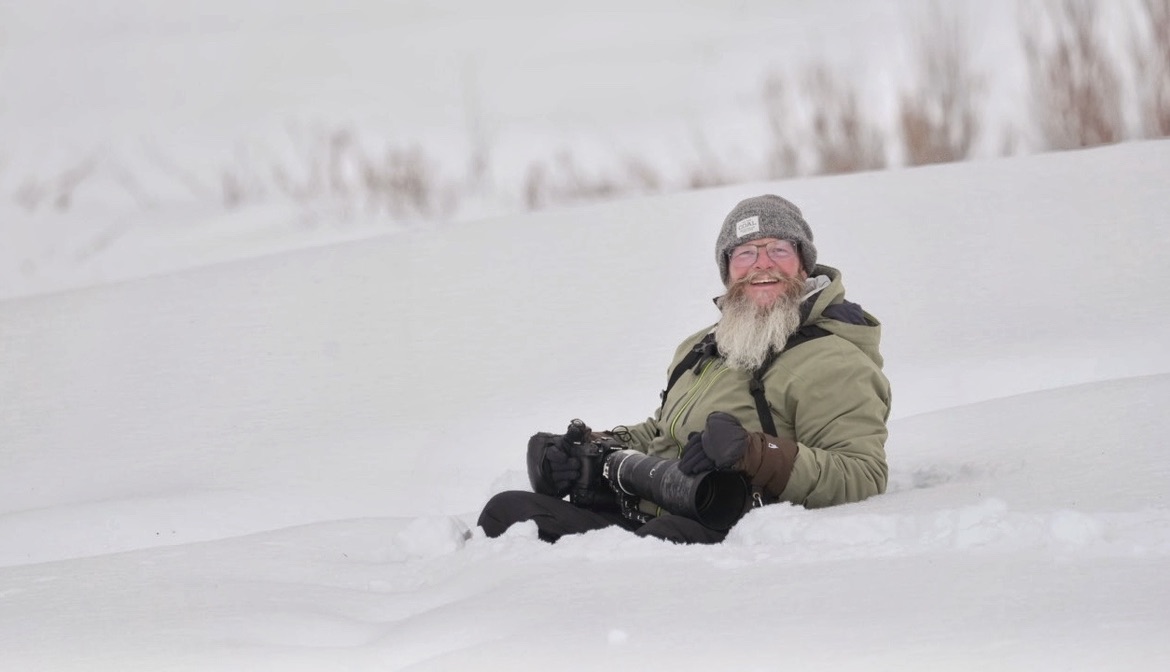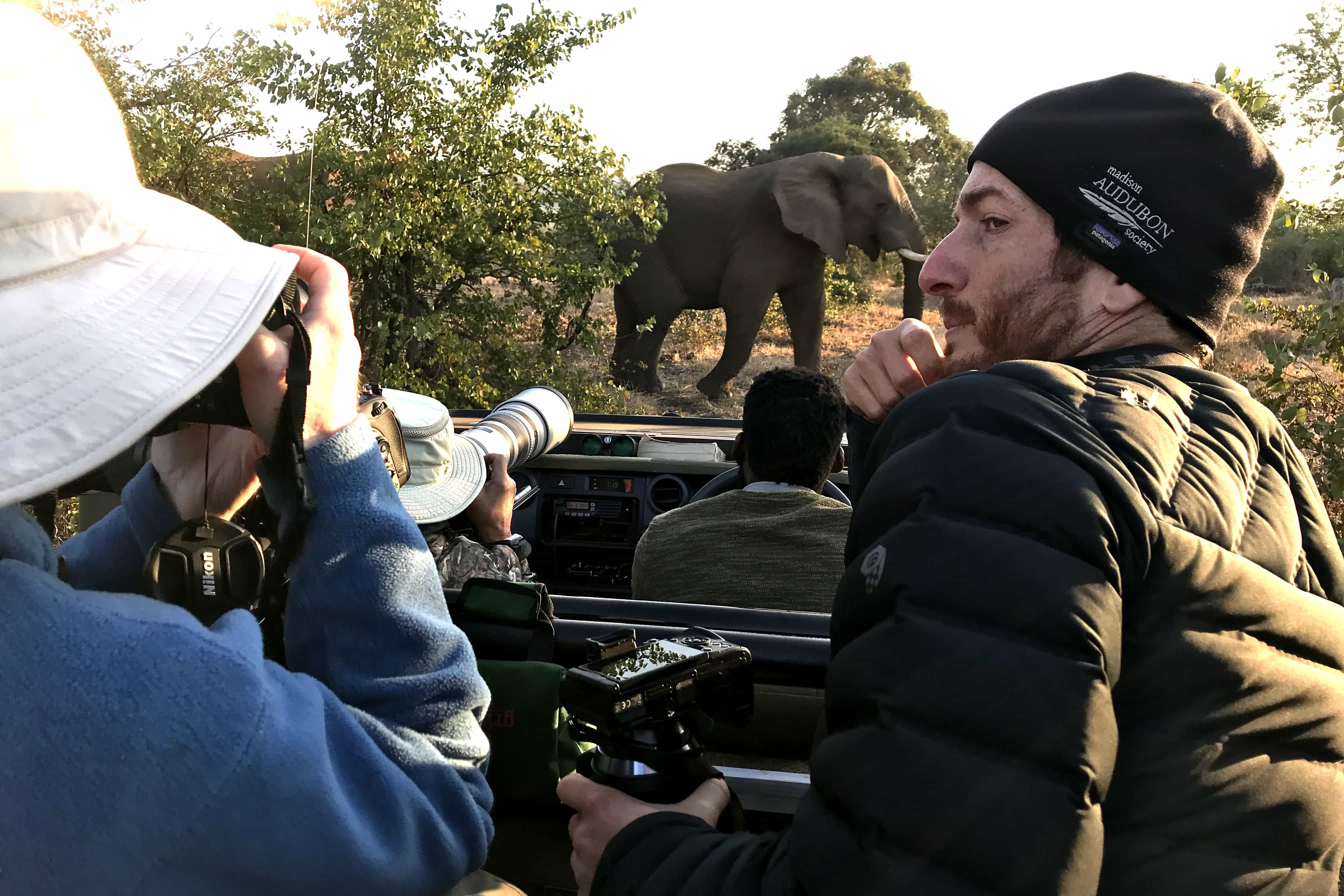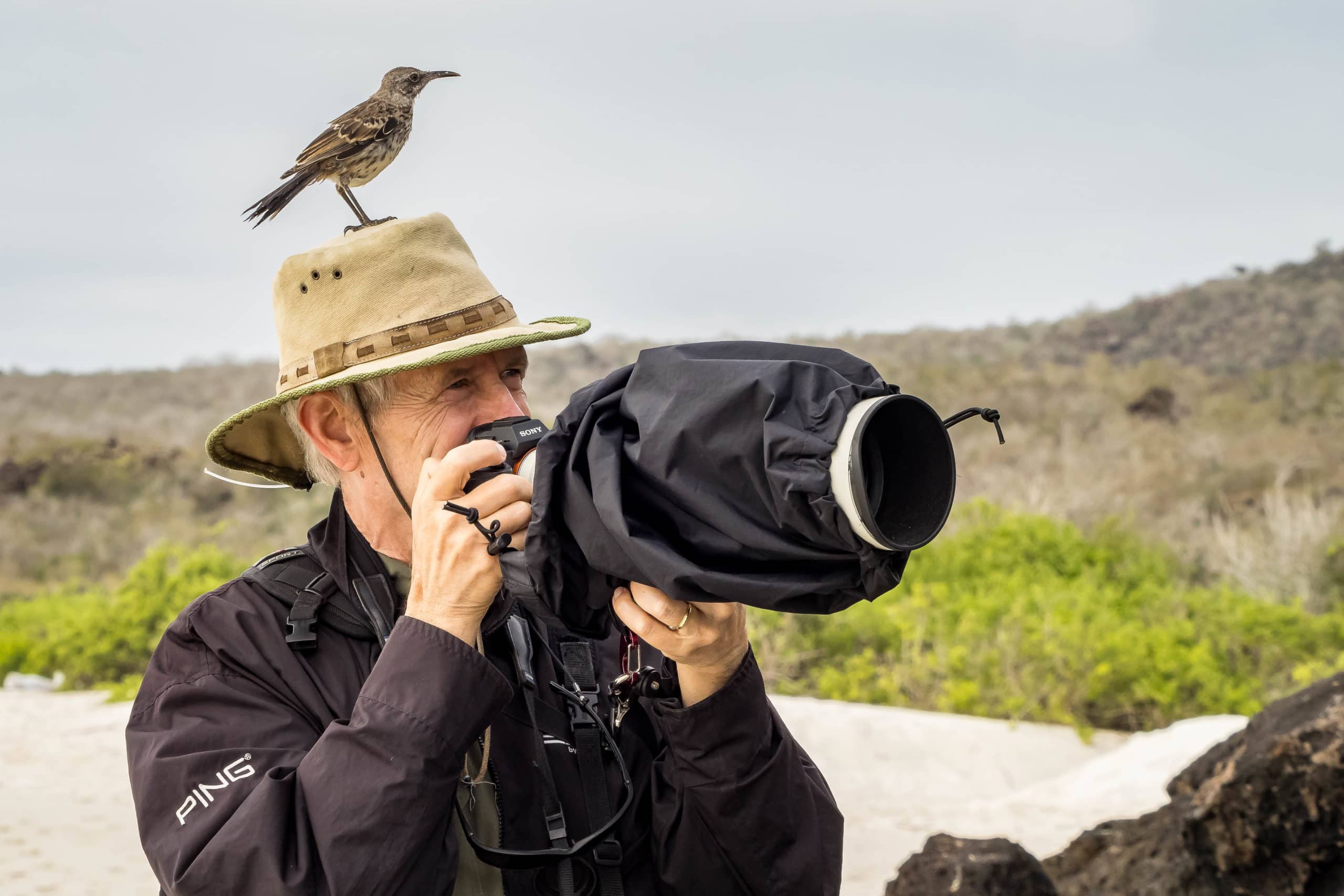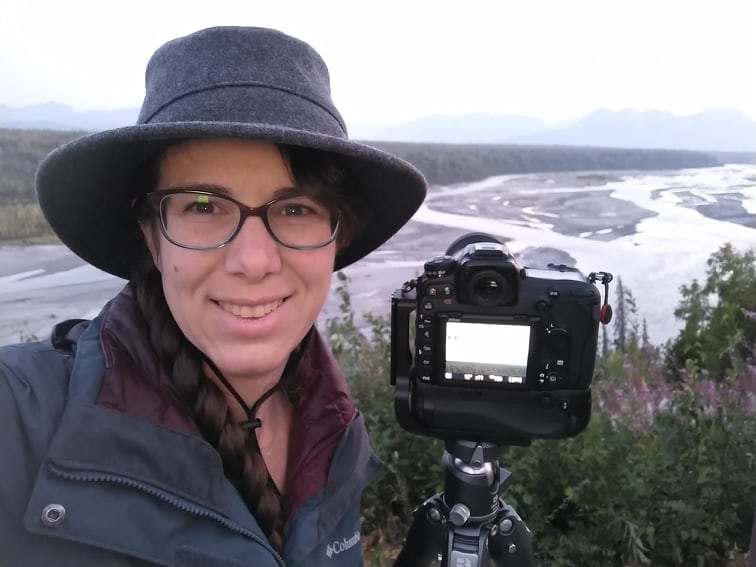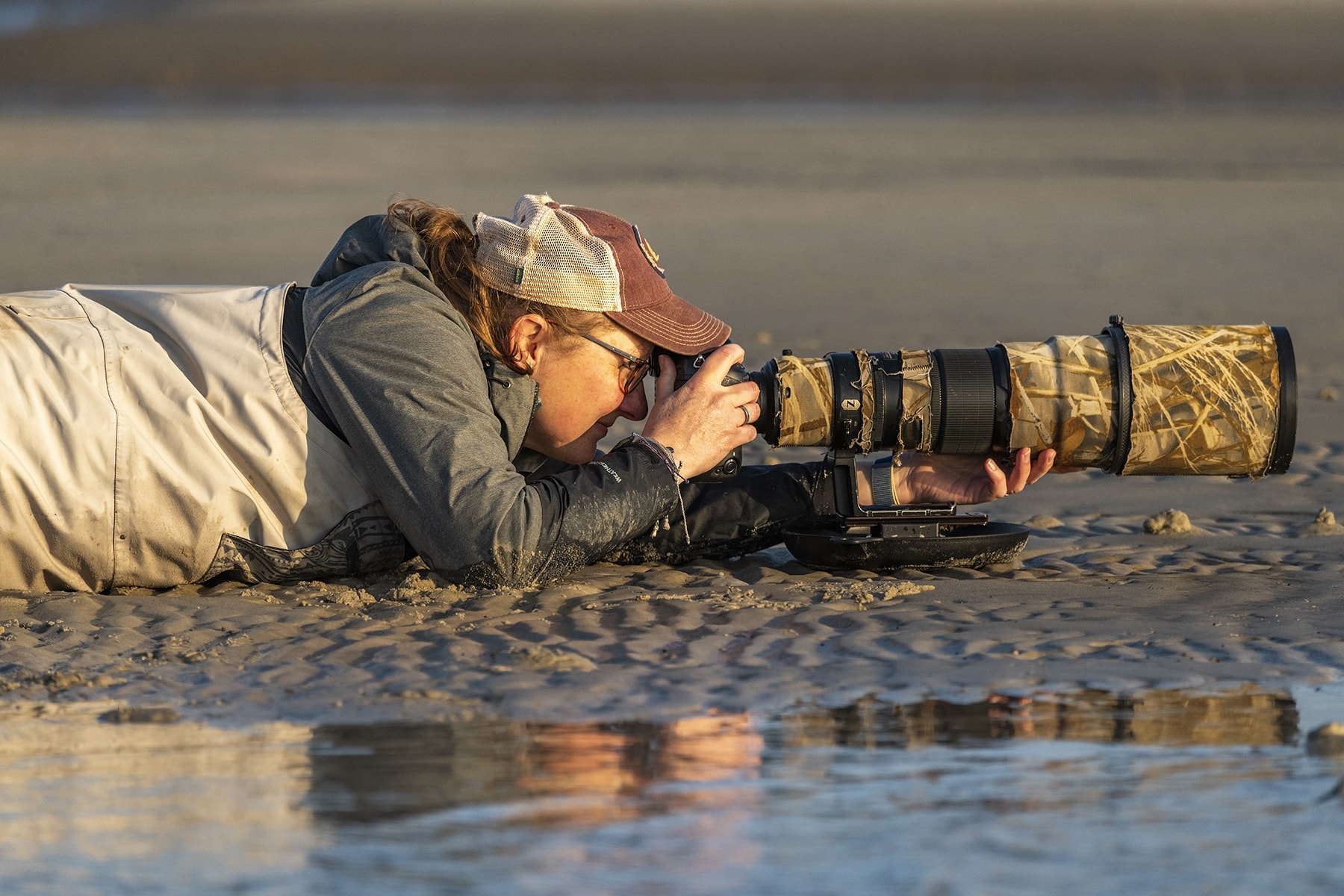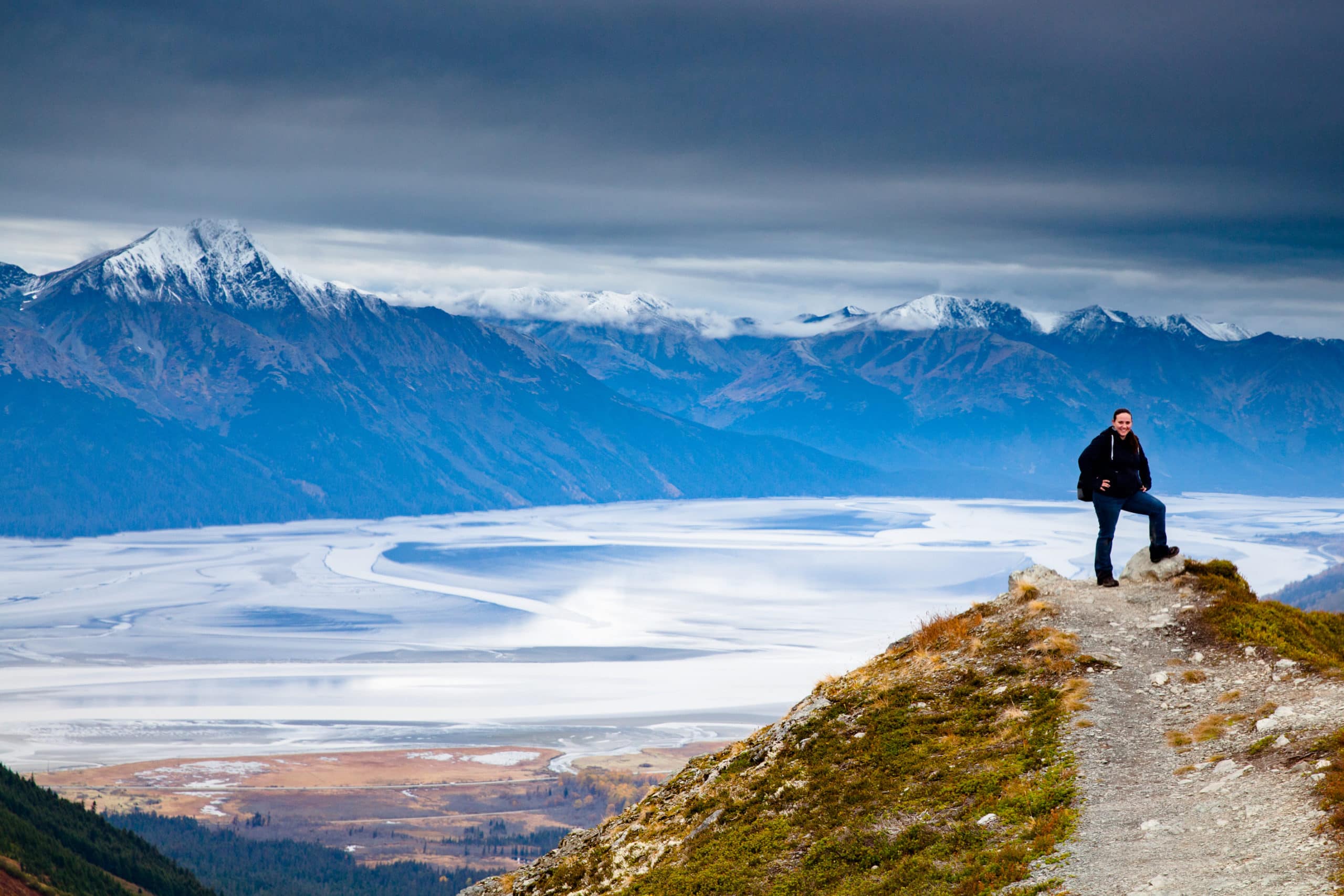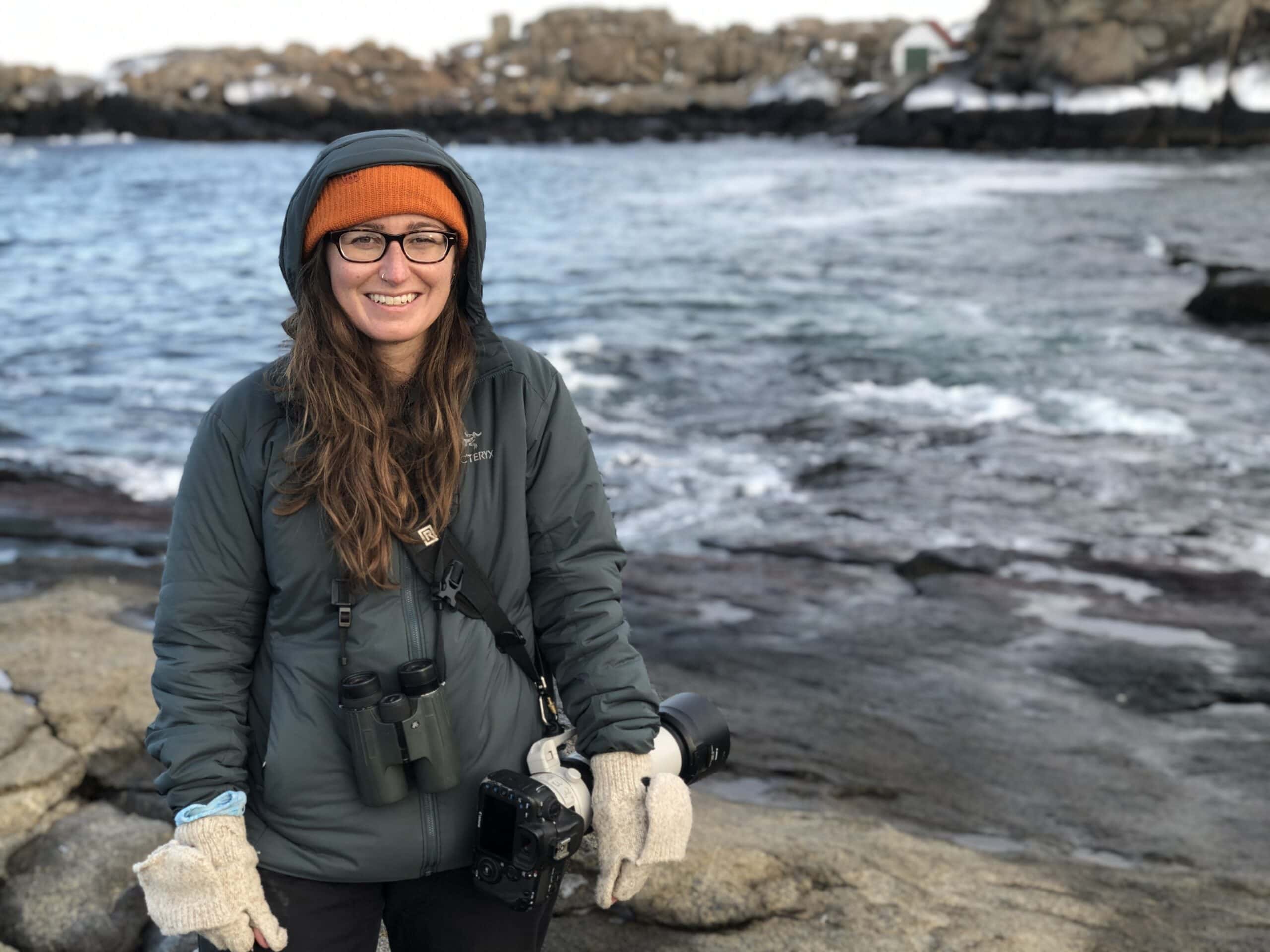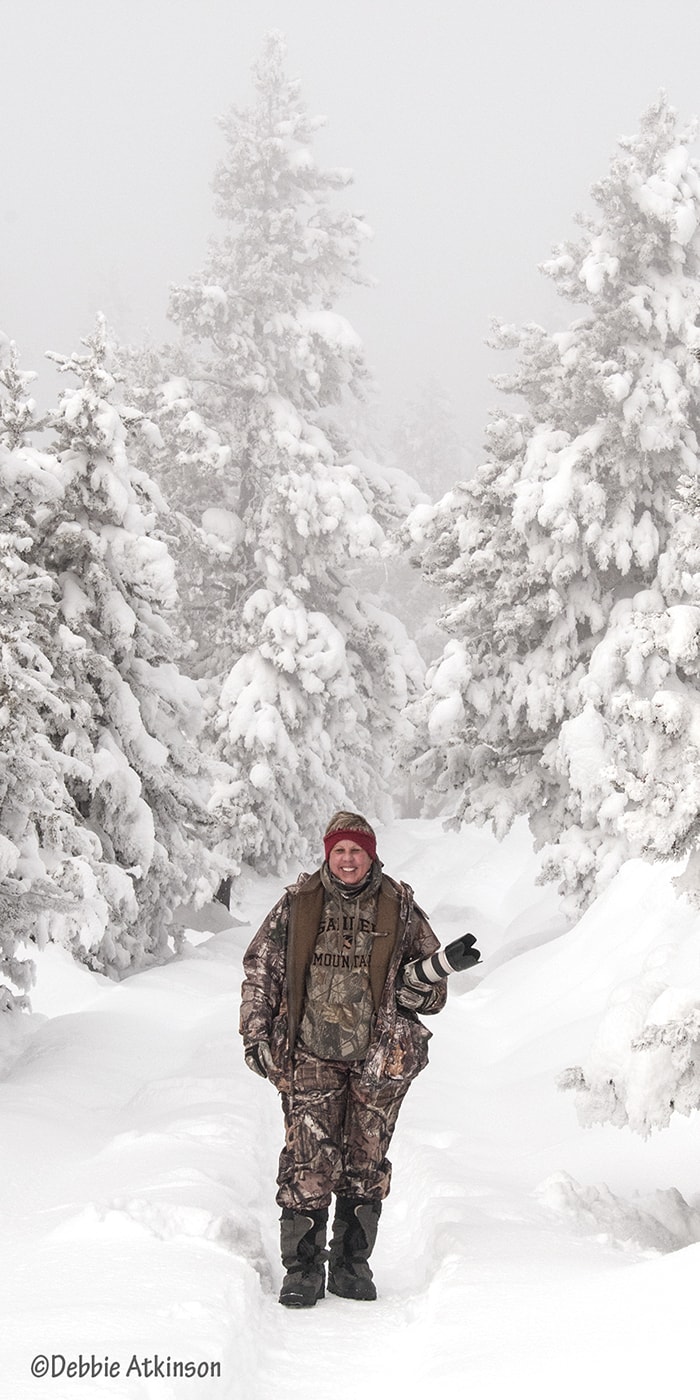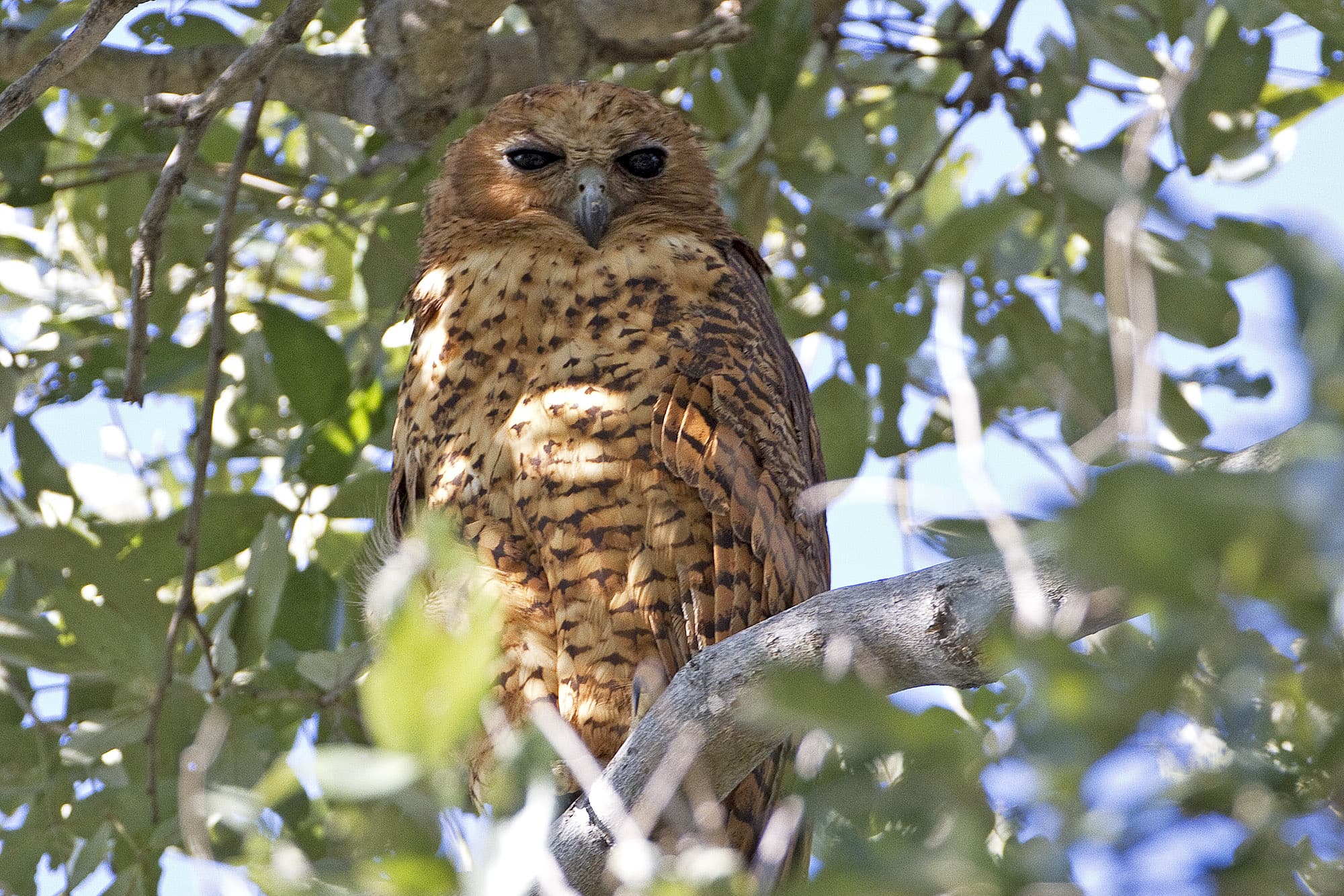
Six Specialty Birds of the OKAVANGO DELTA
May 29, 2020 | by Adrian Binns
The Okavango Delta is one of southern Africa’s most famous wilderness areas, renowned for stunning wildlife, pristine beauty, and a remarkable landscape. Situated in land-locked Botswana, the Okavango Delta covers 6,000 square miles with a natural mosaic of palm-fringed islands, open savanna, flowing rivers, crystal clear lagoons and vast floodplains.
The Okavango Delta floods paradoxically during the dry winter season, when there is little or no rainfall. This unseasonal flooding occurs up to six months after rain falls in the Angolan Highlands, 600 miles to the northwest. Water swells the Okavango River which flows from Angola into Botswana before fanning out in myriad waterways across the flat, sandy terrain of the Kalahari plains.
When water surges through the Okavango – the world’s largest inland delta – it nourishes a vast, diverse ecosystem of plants and animals. Shallow water channels lined with reeds meander around countless islands; lagoons sparkle in quiet serenity; riverine grasslands filled with lilies and papyrus sway in the currents; swampy wetlands beckon to be explored. Habitats morph from dry to flooded, shallow to deep-water over very short distances.
The Okavango Delta teems with wildlife, providing incredible visitor experiences. Our Botswana Wildlife Safari highlights an outstanding assortment of big cats, wild dogs, elephants, hippos, crocodiles, red lechwe, the rare sitatunga antelope, and much more. Myriad bird species, both aquatic and upland, thrive here, including African Fish Eagle, Bateleur, Southern Carmine Bee-eater, Lilac-breasted Roller, and Lesser Jacana, to name just a few. Below I’ve highlighted six speciality birds encountered during our trips.

AFRICAN PYGMY GOOSE Nettapus auritus

SLATY EGRET Egretta vinaceigula
Slaty Egret, near-endemic to Botswana, is one of two globally-threatened species (the other being Wattled Crane) found in the Okavango Delta. Slaty gray-blue in colour with a reddish-brown throat, this small egret stalks shallow lagoons along the edges of emergent vegetation. Their limited range is centered on the Delta, where 85% of the global population of approximately 4000 birds breeds. I enjoy watching these patient hunters stand motionless, then dart for fish, frogs, and invertebrates.

AFRICAN SKIMMER Rynchops flavirostris
The Okavango Delta is a stronghold for African Skimmer, a near-threatened species scattered across sub-Saharan Africa. These birds feed by flying low across water channels with their long, razor-sharp lower mandible open and ready to scoop fish; it’s always wonderful to watch them skimming. African Skimmers nest in colonies on wide exposed sandbanks, when water levels are low. I have seen them best along the Shakawe panhandle, more common July to December.

WATTLED CRANE Bugeranus carunculatus
Wattled Crane, the tallest crane in Africa, is named for its distinctive wattled bill, featuring red and white flaps that hang from their throat. With fewer than 10,000 remaining, the Okavango Delta hosts the world’s largest concentration of approximately 1,500 individuals. The “wattles” may indicate the crane’s mood – shrinking in caution, or elongating in excitement. Wattled Cranes stalk marshy grasslands, foraging on sedge tubers, seeds, and insects.

PEL’S FISHING OWL Scotopelia peli
Pel’s Fishing Owl is a major highlight of our wildlife safaris in Botswana. As few as a hundred pairs live in the Okavango Delta among riverine woodlands. They prefer slow-moving rivers with large overhanging branches from which to roost and forage. They hunt nocturnally, snatching fish and frogs from the water’s surface. Second in size only to Verreaux’s Eagle-owl, this huge ginger-colored owl is a sight to behold, when we see them in the heart of the delta.

WHITE-BACKED NIGHT-HERON Gorsachius leuconotus
White-backed Night-heron is one of the more elusive herons in the Okavango Delta. Shy and solitary, this nocturnal bird roosts in dense tangles along the water’s edge, becoming active around dusk. On sunset boat rides, we may be fortunate to see one hunting stealthily for a meal, notable for it’s huge white eye-ring surrounded by bare skin.
The Okavango Delta is home to a fantastic and diverse array of wildlife. Join our Botswana Wildlife Safari to discover, experience, and enjoy some of the world’s most amazing birds and animals.

